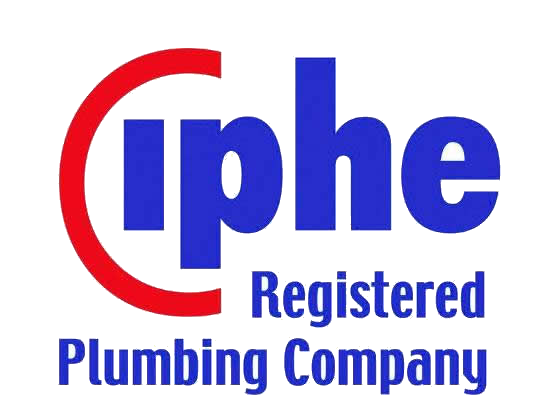Because heat energy is being extracted from the air, there are considerable running cost savings over fossil fuelled heating systems and, arguably more importantly, you are future proofed against energy price increases.
But fuel costs are only part of the story.
Unlike gas and oil based systems, heat pumps require no costly regular maintenance or annual safety inspections. And because a heat pump has a reasonable life expectancy of 20 – 25 years (typically twice that of a boiler), the investment costs over the working life of the system are demonstrably lower.
Solar thermal heating systems harvest the sun’s energy through collector panels, typically mounted on your roof. The sun heats up fluid travelling in pipes embedded in the panels which is then pumped to a heat exchanger inside a water cylinder. There, the heat exchanger transfers the energy from the fluid to the water in the hot water tank.
Biomass Boilers burn biological material – generally wood – in the form of either logs, chipping or pellets, to create heat.
Ground source heat pumps draw as much as 75% of their energy from freely available, inexhaustible solar energy stored in the ground.
The earth stores an enormous amount of solar energy from both solar radiation and rainfall and more than 1m below the surface, you’ll find a stable source of heat year-round.
To extract this heat energy, ground collectors consisting of flexible polyethylene pipes are buried in the earth, either horizontally or vertically. A mixture of water and anti-freeze is then circulated through pipe loops, attracting the heat and transferring it to the heat pump.
Air source heat pumps can be used for both heating and cooling, as well as domestic hot water and swimming pools. They can be connected to radiators, underfloor heating, or a wall-mounted controllable fan unit.
Air source heat pumps can be used for heating all year round between +35°C and -25°C – which makes them ideal for the UK – and because they use the outside air as a fuel source, you’ll have an always available and inexhaustible source of heat.
Your Solar PV system is connected to the mains electricity grid and, because you can’t store electricity your panels generate, any electricity that you don’t use flows back into the grid for use by others.
As a producer of electricity, provided your system is installed by an MCS registered contractor, you’ll be therefore paid a Feed-In Tariff for the energy you don’t use. This is set at a flat rate of 50% of the capacity of the system – no matter how much of the electricity you generate you actually use.
Solar PV systems rely on sunlight not heat so produce sufficient power even on a cloudy day. The optimal weather can actually be during colder seasons, when it can be very cold and very sunny.
The best location for a PV solar module is on a south-facing roof or side of a building and an incline of around 30°








